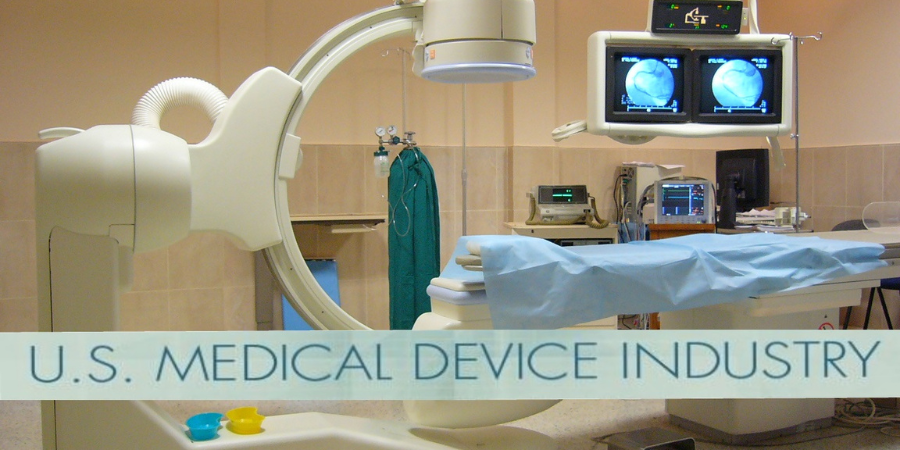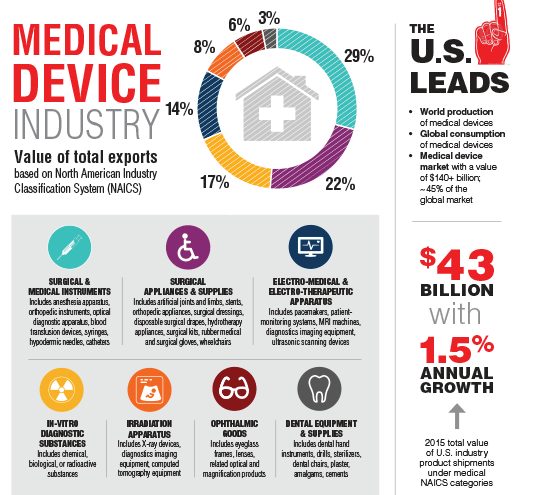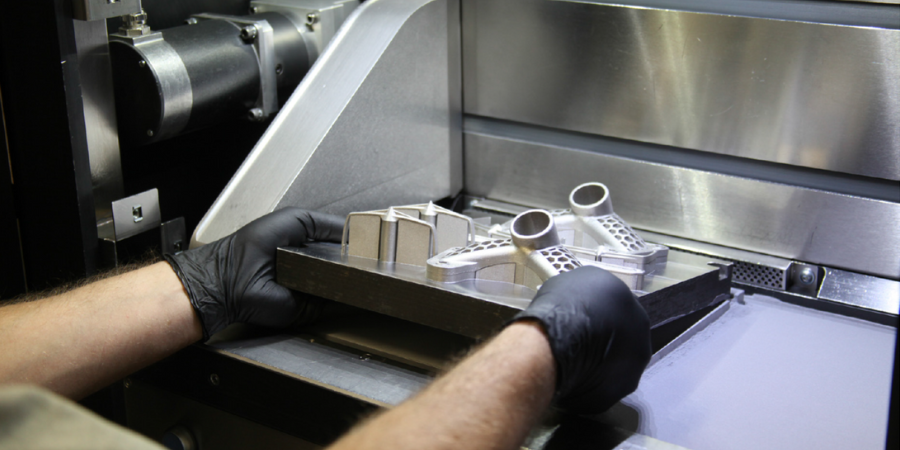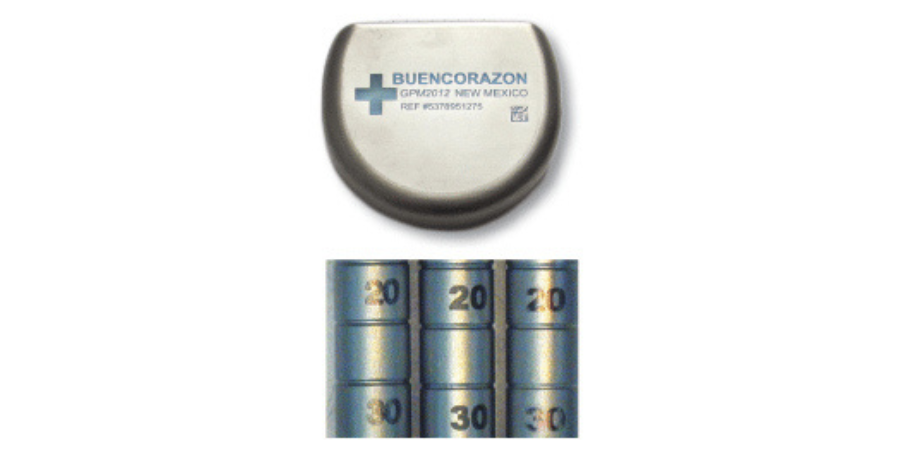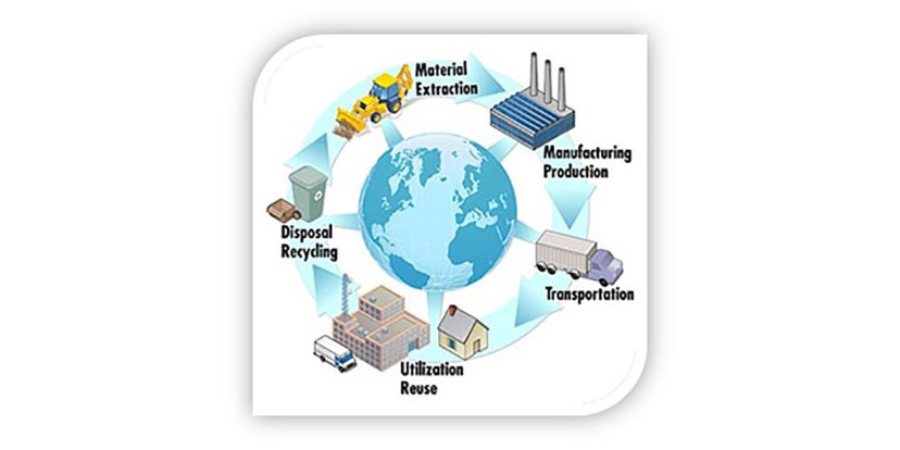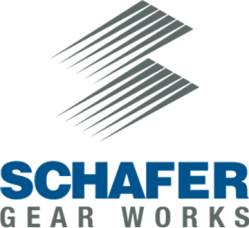 To meet Schafer Gear Works’ growing demand for high-precision commercial aviation shafts and gears, the company recently moved its Fort Wayne, Ind., operations to its larger production facility in South Bend, Ind. “Acquisition of new, state-of-the-art equipment at our South Bend plant and the ability to better leverage our gear manufacturing expertise led to the transfer,” said Paresh Shah, operations manager for the South Bend facility. The transition was seamless and the plant now produces precision-critical shafts and small-diameter gears with tolerances to 0.0004” and microfinishes to 16 RMS.
To meet Schafer Gear Works’ growing demand for high-precision commercial aviation shafts and gears, the company recently moved its Fort Wayne, Ind., operations to its larger production facility in South Bend, Ind. “Acquisition of new, state-of-the-art equipment at our South Bend plant and the ability to better leverage our gear manufacturing expertise led to the transfer,” said Paresh Shah, operations manager for the South Bend facility. The transition was seamless and the plant now produces precision-critical shafts and small-diameter gears with tolerances to 0.0004” and microfinishes to 16 RMS.
Shah said moving the small-diameter gear production 90 miles west to Schafer Gear Works South Bend will improve design and manufacturing efficiencies as well as customer support. By centralizing the facility’s small- and medium-diameter gear engineering, production and quality control expertise, the company is expanding its presence in the aerospace and automotive industries as well as with medical instruments, light and heavy industrial products, recreation vehicles, and material handling companies. Its efforts to reduce tool costs and downtime keep pricing competitive and delivery among the fastest in the gear-making industry. Because of the South Bend facility’s continuous equipment improvements and stringent quality standards, it has earned ISO 9001-2008 and AS9100 certification.
Schafer Gear Works manufactures one of the widest ranges of custom-engineered, precision-cut gears for off-highway markets. In addition to the small-diameter gears and precision components, the South Bend plant produces 1.5- to 10-inch diameter spur, internal and helical gears as well as shafts.
![]() Source: Power Transmission Engineering June 2016
Source: Power Transmission Engineering June 2016




 To meet Schafer Gear Works’ growing demand for high-precision commercial aviation shafts and gears, the company recently moved its Fort Wayne, Ind., operations to its larger production facility in South Bend, Ind. “Acquisition of new, state-of-the-art equipment at our South Bend plant and the ability to better leverage our gear manufacturing expertise led to the transfer,” said Paresh Shah, operations manager for the South Bend facility. The transition was seamless and the plant now produces precision-critical shafts and small-diameter gears with tolerances to 0.0004” and microfinishes to 16 RMS.
To meet Schafer Gear Works’ growing demand for high-precision commercial aviation shafts and gears, the company recently moved its Fort Wayne, Ind., operations to its larger production facility in South Bend, Ind. “Acquisition of new, state-of-the-art equipment at our South Bend plant and the ability to better leverage our gear manufacturing expertise led to the transfer,” said Paresh Shah, operations manager for the South Bend facility. The transition was seamless and the plant now produces precision-critical shafts and small-diameter gears with tolerances to 0.0004” and microfinishes to 16 RMS.
